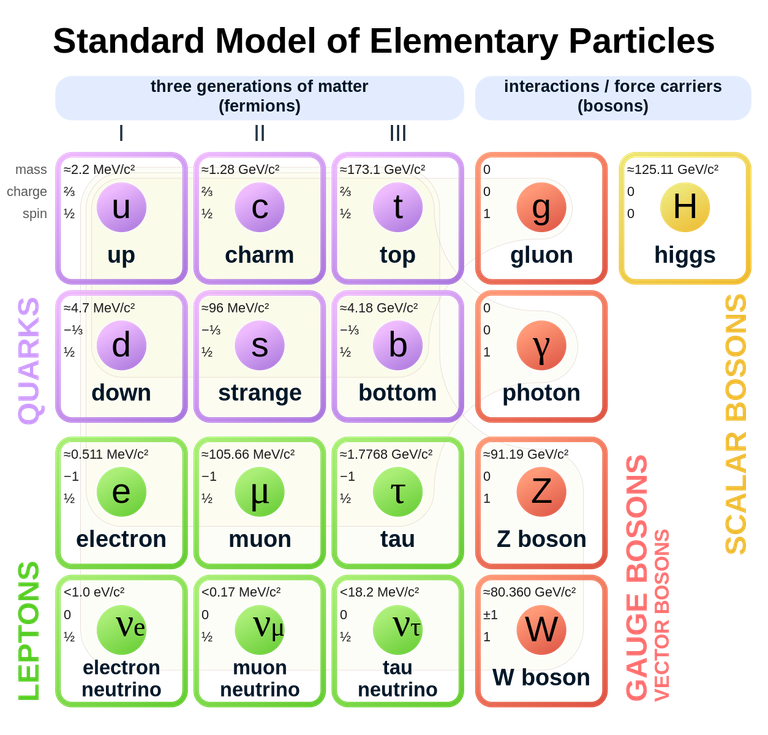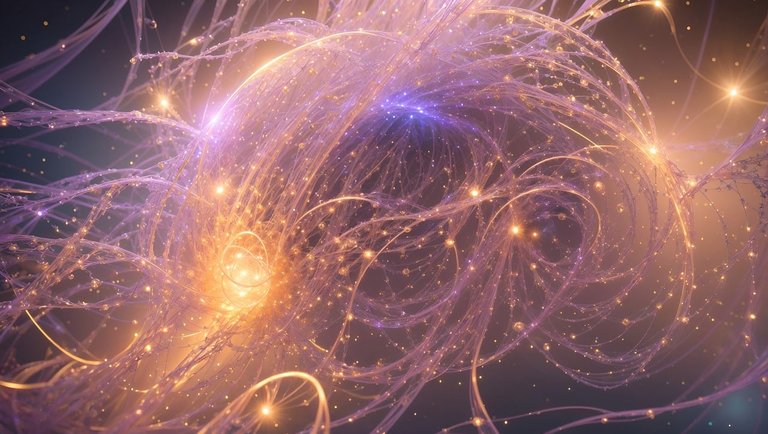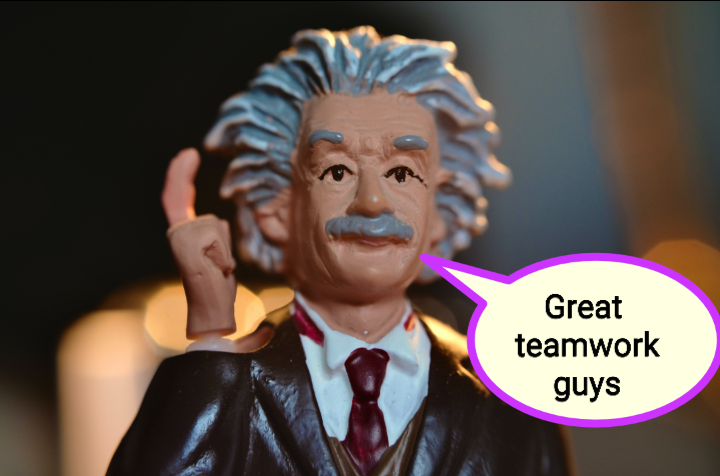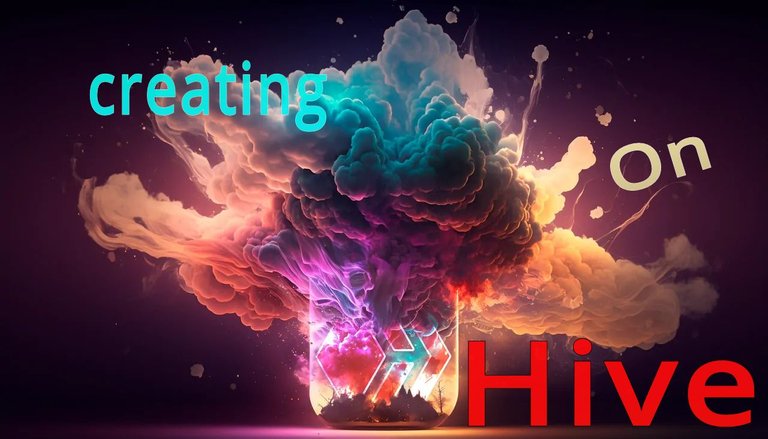Is There A Limit To Elementary Particles?
This is a very interesting question but first of all, is something beyond our universe?
For the second question we don't exactly know but theories seems to be suggesting that our universe is just one of many (multiverse) and this also raises another question, which is, could something exist beyond the multiverse if it happened to exist ?
That seems like a very odd question, I don't know if such question has ever occurred to anyone's mind. You may be wondering how such cosmic and supercosmic structures relates with the actual topic of this post, the truth is that there seems to be a correlation. There's this belief that the whole is made up of parts, in philosophy this falls under "mereology", each part is itself made up of parts and so does it continue, but in natural philosophy of which modern science was born from, there's a limit to this divisibility (atomism). To be honest we don't know the exact nature of the ultimate whole which our universe is a part of or if such whole actually exists. Empirically we only know of our universe as we are yet to observe beyond it and theoretically (as stated previously) our universe maybe part of a multiverse. Let's assume the multiverse were to exist, then it is a whole that can be immediately broken down to a universe. The universe (ours especially) is also made up of parts, namely matter, interactions (forces) and spacetime. Matter and forces are also made up of parts that are themselves made up of parts till we get down to what we currently call "elementary particles" which theoretically constitutes the standard model of particle physics.

Particles of the standard model
The image above is the table of the elementary particles, this means all of ordinary matter and interactions could be broken down to those particles and those particles seem not to be made up of some other particles. But could that really be true ?
When the idea of modern atoms were first conceived and later confirmed by experiment it was thought to be the limit of the smallest matter but later, thanks to J. J. Thompson's experiments with cathode rays (electrons) and the discovery of radioactivity, did it become clear that atoms were themselves composite particles. Composite particles such as electrons and nucleons (protons and neutrons), these too were also thought to be the limit until the discovery and development of what we now call the standard model of particle physics. So back to the question, the elementary particles in the standard model, are they really fundamental ?
Could they be made up of some yet to be discovered fundamental particles?
If they are, are those ones too also fundamental ?
If you observe, the last question is almost like the other question of whether there's something beyond the multiverse and now you must see why I initially said that there seems to be a correlation. However, our concern in this article is only on the scale of the small.
The standard model isn't actually a complete theory of the subatomic scale, there are problems/phenomena that it is yet to address and moving beyond the model in some cases requires that the current elementary particles aren't actually elementary/fundamental. In fact, there are two well known theories that follows this approach, "string theory" and "preon theory".
The former (string theory) which happens to be a very popular candidate for a theory of everything suggests current elementary particles are made up of vibrating strings but the nature of this string is quite controversial and poorly understood, the name "string" is used for convenience, mostly because this unknown fundamental entity is one dimensional (like a line). But then it's just a theory yet to pass experimental tests.
If you look at the image of the table showing the particles of the standard model (previous image), you would notice that the particles fall into different classes and it's as if they aren't related. For example, quarks and leptons are two different classes of elementary particles that makes up matter. On the right side of the table is a different class, the elementary particles for force carriers. The preon theory removes this class by suggesting that all of those elementary particles (quarks, leptons and force carriers) are themselves made up of particles called "preons". Unfortunately, there's no experiment that currently favours the preon theory either but that doesn't mean that the idea of the current elementary particles not actually being fundamental particles is completely dismissed.
If it did happen that a more fundamental particle/entity were to be discovered, how do we know that one too is actually fundamental ?
Where does it all end or is there even an end/limit?
I think these kind of questions should be also what a successful theory of everything should be addressing, string theory did try to do it. I also suspect that this kind of problem would be persistent long enough to prevent our scientific and technological pursuit from waning, in other words, a successful theory of everything may be very far away from now.
I guess this is where we round up, have a thoughtful day and till we meet again at another point in time. 😉
For further reading
Thank you all once again for stopping by to read my jargons and also thank you @stemng, @lemouth and the @Steemstem team for your valuable supports.
Lastly, please don't forget to do the needful
Upvote
Comment
Reblog
If you enjoyed my jargons.



This post has my brain working on overdrive! Can't wait to see what the future holds for our understanding of the universe. Thank you for sharing this thought-provoking content!
Congratulations!
✅ Good job. Your post has been appreciated and has received support from CHESS BROTHERS ♔ 💪
♟ We invite you to use our hashtag #chessbrothers and learn more about us.
♟♟ You can also reach us on our Discord server and promote your posts there.
♟♟♟ Consider joining our curation trail so we work as a team and you get rewards automatically.
♞♟ Check out our @chessbrotherspro account to learn about the curation process carried out daily by our team.
🏅 If you want to earn profits with your HP delegation and support our project, we invite you to join the Master Investor plan. Here you can learn how to do it.
Kindly
The CHESS BROTHERS team
Wow, great post exploring such fascination things.
Thanks for your contribution to the STEMsocial community. Feel free to join us on discord to get to know the rest of us!
Please consider delegating to the @stemsocial account (85% of the curation rewards are returned).
Thanks for including @stemsocial as a beneficiary, which gives you stronger support.